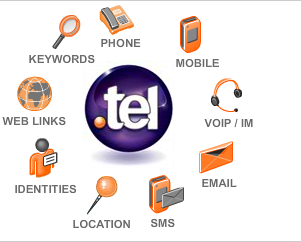This week's post from Mobile Industry Review.
I recently installed Dell Video Chat , following a tip from Andy Abramson. Dell Video Chat is the Dell branded version of SightSpeed and is another step in Dell's bid to be a software company as well as a hardware company. The software is a free download and provides an improved user interface compared to SightSpeed's own version. Both Windows and Mac versions are available.Dell Video Chat offers free video calling to other Video Chat and SightSpeed users, plus regular phone calls to anyone and instant messaging to other Video Chat users. I'm using Video Chat with a Logitech QuickCam S5500 and the video quality is fantastic - much better than I expected from my past experience of using video calling. Multi-party chats are also available for $9.95 per month.A neat feature is the ability to record a video message and send it to someone who isn't online or doesn't have Dell Video Chat installed. The recipient receives an email with a link where they can watch the video and also sign up for Video Chat. This is a nice feature for families who want to send impromptu video messages to each other.As you'd expect, Video Chat offers the usual functionality to tune your video and sound settings plus the option to select different transmission speeds based on your Internet connection. There's also a test call function to check you can communicate okay with the far end. Invoking 'Control-S' during a call brings up a statistics windows so you can compare your transmission speeds with the other party and monitor CPU usage and latency.Whilst video calling to another Dell Video Chat user is free, making regular phone calls is chargeable and you need to top up your account with a minimum of $10.The decision to use Dell Video Chat instead of other video calling products probably comes down to one of quality against ubiquity. If quality is important then Video Chat is well worth installing but you need to persuade your contacts to do the same. In the past I've not been a big fan of video calling because it's always seemed a bit flaky but using Dell Video Chat a few times has inspired me to think again about when it would be useful. Now I need to persuade a few people to think likewise and download it!



